1
Penicillin
In 1928 Alexander Fleming (above) was investigating influenza – a major killer of the day (recall the Spanish Flu epidemic of 1918-19 killed ten times more people than WWI). A speck of dust contaminated one of his petri dishes of staphylococcus. Around the resulting patch of mould, Fleming discovered a clear, bacteria-free zone – later identified as containing the world-changing antibiotic penicillin. He was later awarded a knighthood and a Nobel Prize.
2
The Birth Control Pill
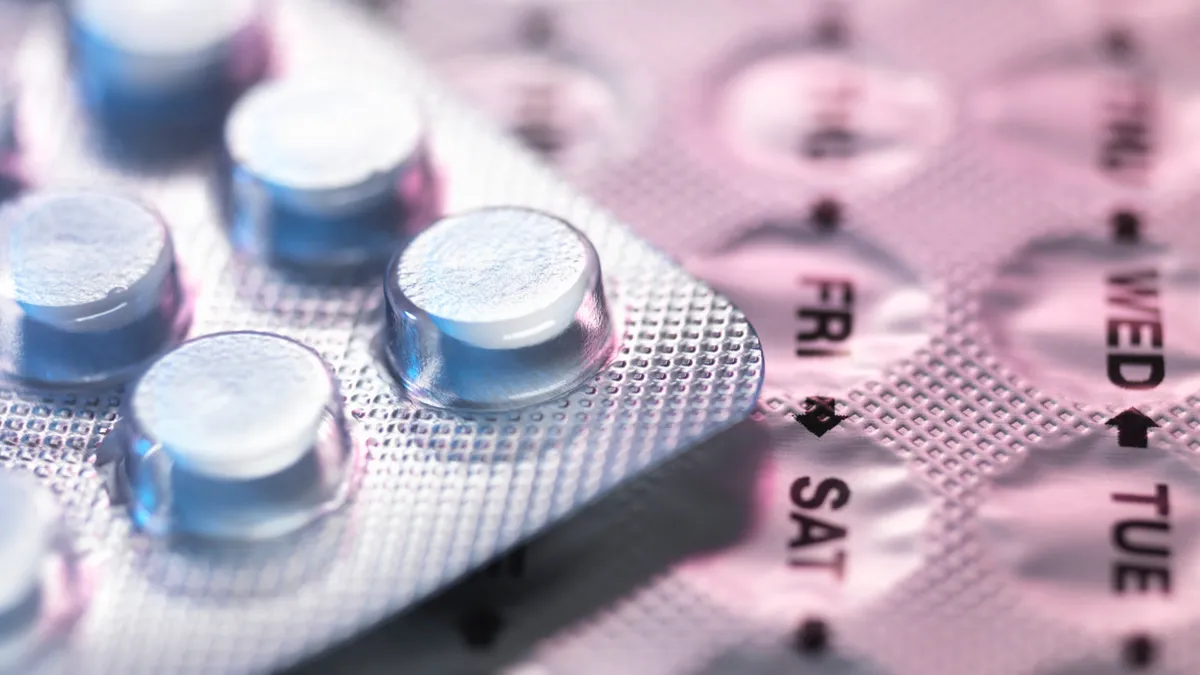
In the quest to produce a safe and reliable prophylactic, scientists in the 1950s tested pills containing synthetic progesterone on women in Puerto Rico. When removal of “impurities” from the pills worsened (and not improved) study results, chemists realized that the “impurity” was actually oestrogen – and that a pill combining the two hormones was the chemical key.
Read more:
- The history of medicinal drugs helps explain our relationship with them today
- Hard labour: the case for testing drugs on pregnant women
3
Chloral hydrate
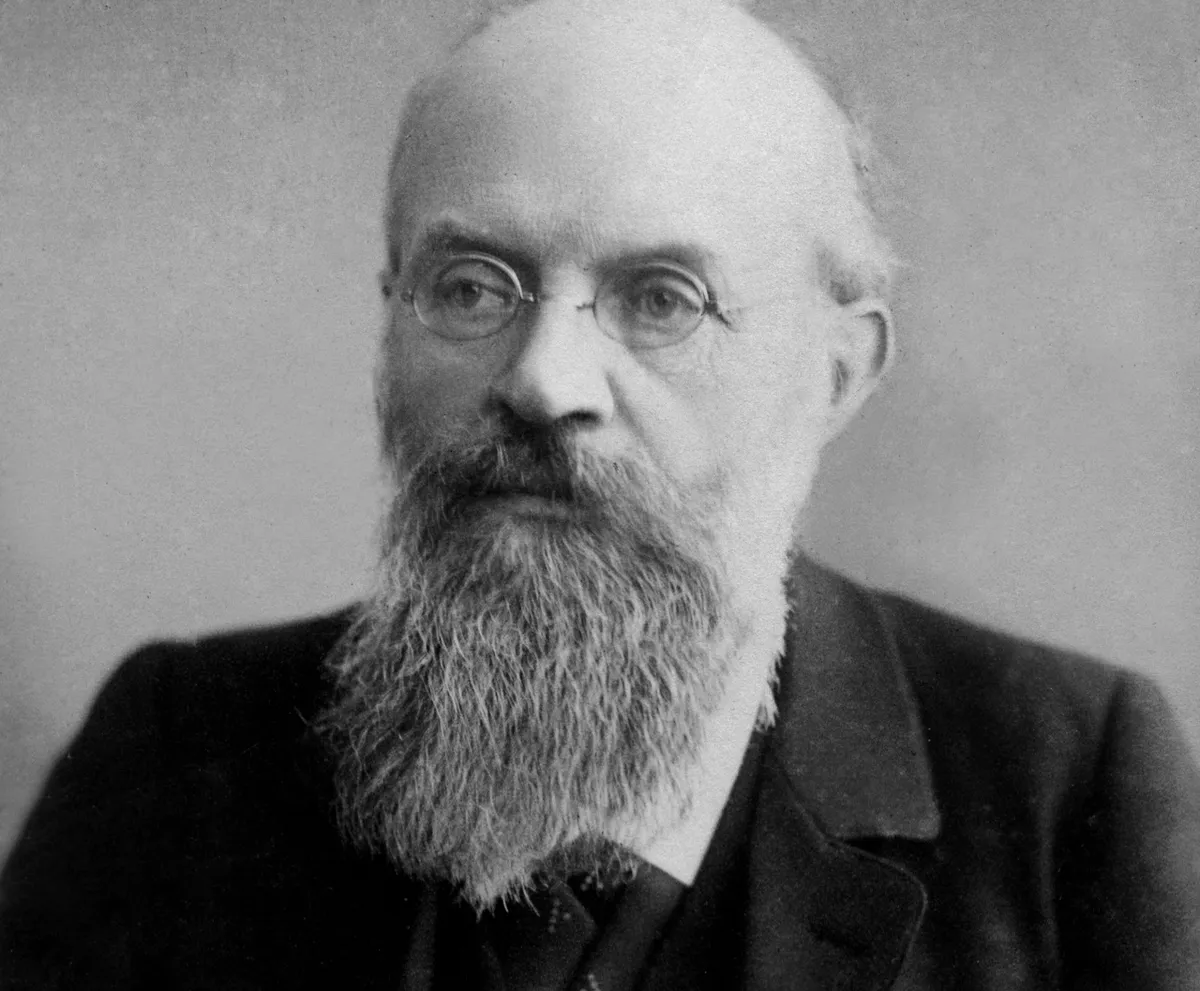
The sedative properties of the world’s first mass-produced synthetic hypnotic were discovered thanks to an incorrect but fruitful hunch. In 1869 German pharmacologist Oscar Liebreich believed that the chemical would be converted into chloroform in the body, inducing sleep. Chloral hydrate itself however can send patients under, and thus the world’s first sleeping pill hit the scene.
4
Iproniazid
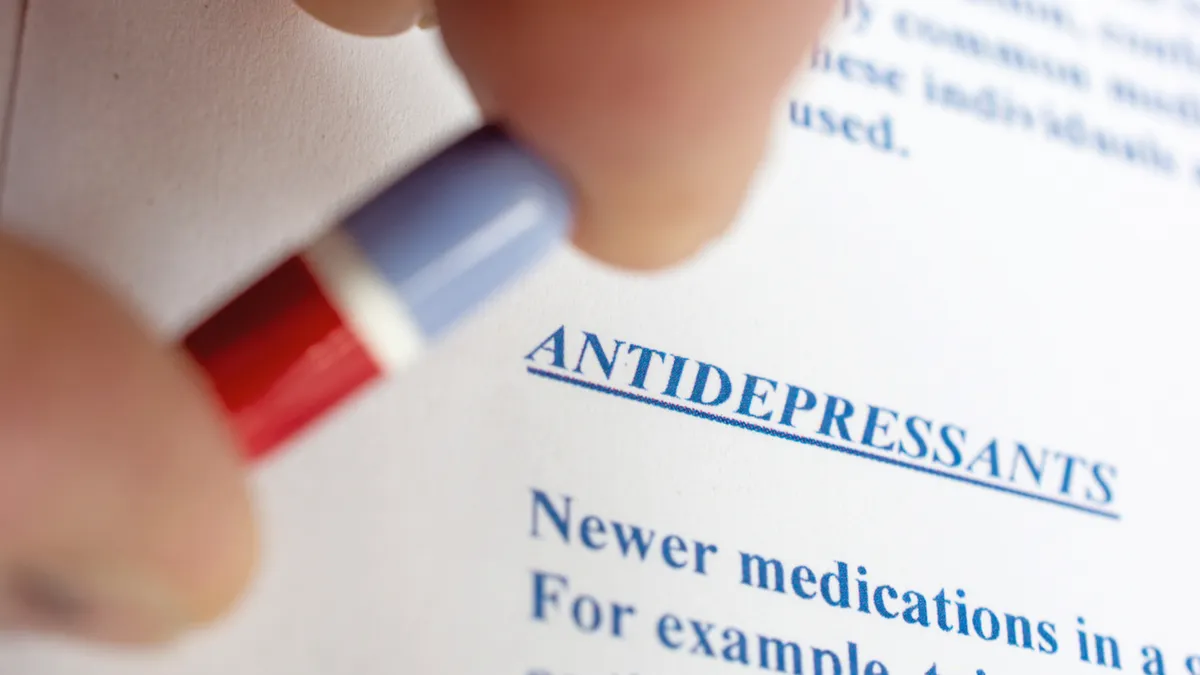
One of the world’s first anti-depressants was first synthesized in 1951, and used initially to treat tuberculosis. When clinicians found that some patients exhibited euphoria and hyperactive behaviour under the drug’s influence, they revealed that it is a “monoamine oxidase inhibitor” – meaning it prevents the breakdown of monoamines, such as 5-HT, also known as serotonin.
5
LSD
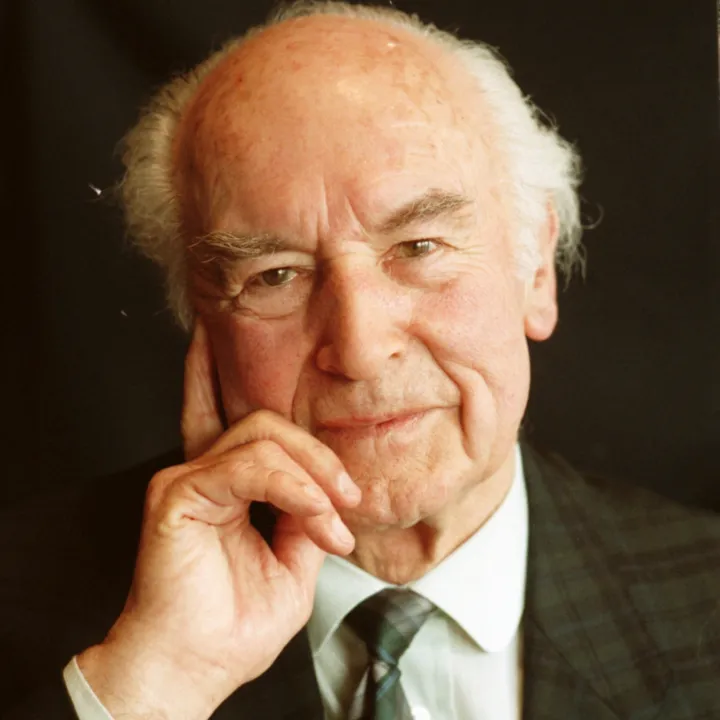
When Swiss chemist Albert Hoffman wastinkering in thelabdeveloping drugs to treat post-partum hemorrhaging his fingers touched a bit of LSD-25 andthe world began to shimmer:“I perceived an uninterrupted stream of fantastic pictures, extraordinary shapes with intense kaleidoscopic play of colours,” he wrote in his diary. On19 April1943, a day known as ‘Bicycle Day’,he decided to experimentwith 0.25mg of the drugbefore riding home by bicycle. The world melted, andthe psychedelic drug was discovered.
6
Viagra
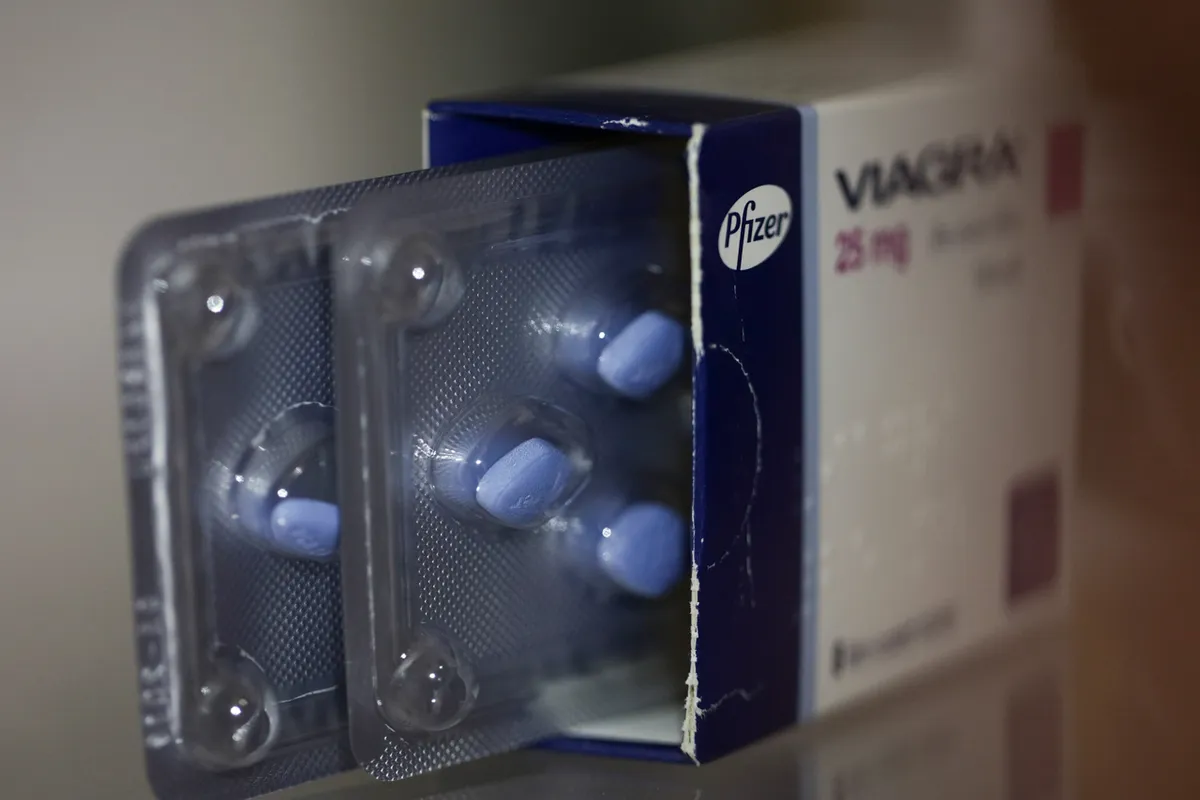
Monkey testicle implants, tiger penis soup, constrictive rings and pneumatic devices have all been deployed in the battle against impotence. But it was not until researchers accidentally discovered that sildenafil citrate, a drug developed at a treatment for jet jag, had impacts below the belt. Why? The drug dilates by relaxing muscles, allowing blood to flow into the penis.
Follow Science Focus onTwitter,Facebook, Instagramand Flipboard